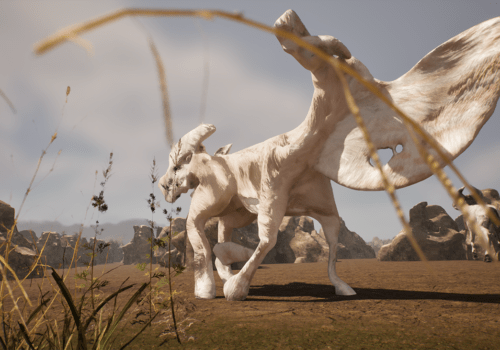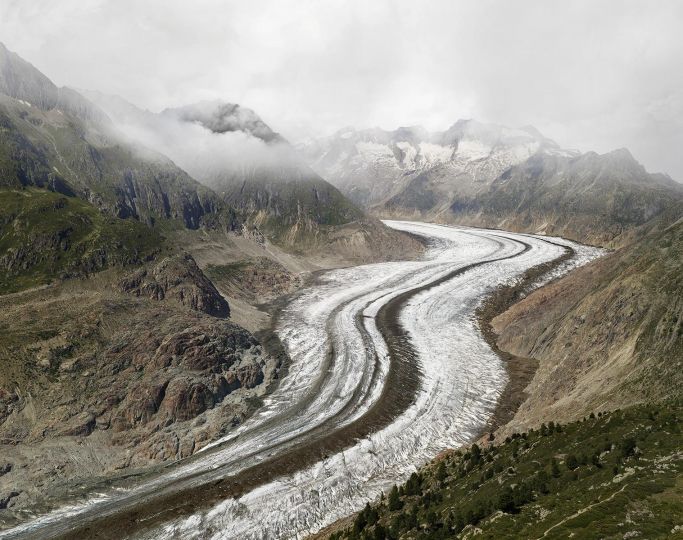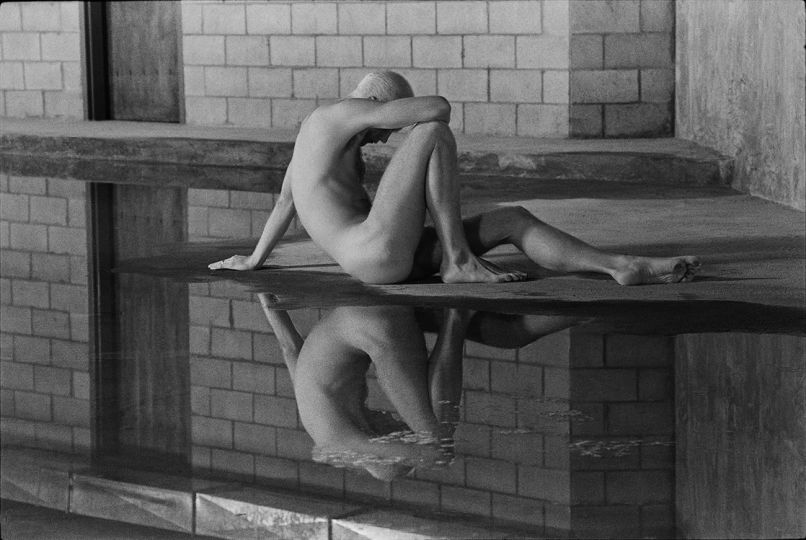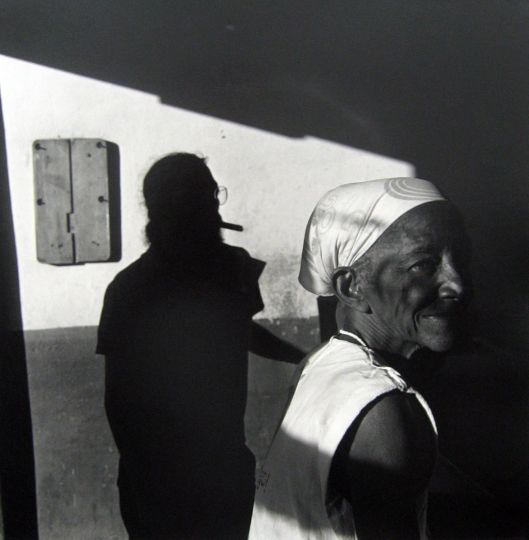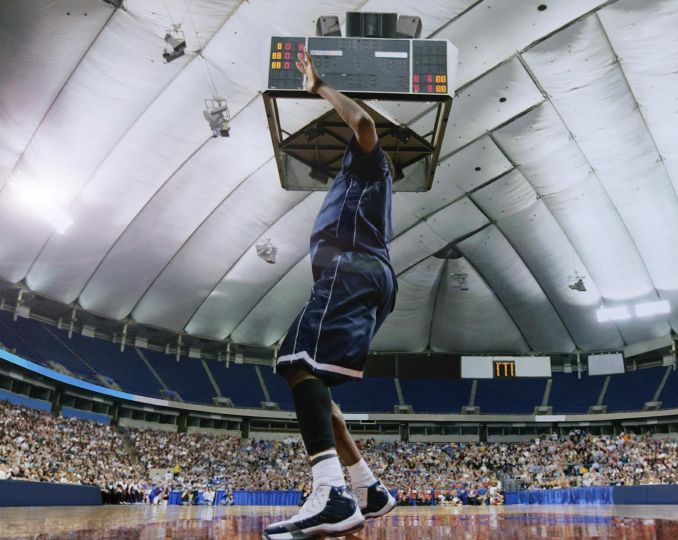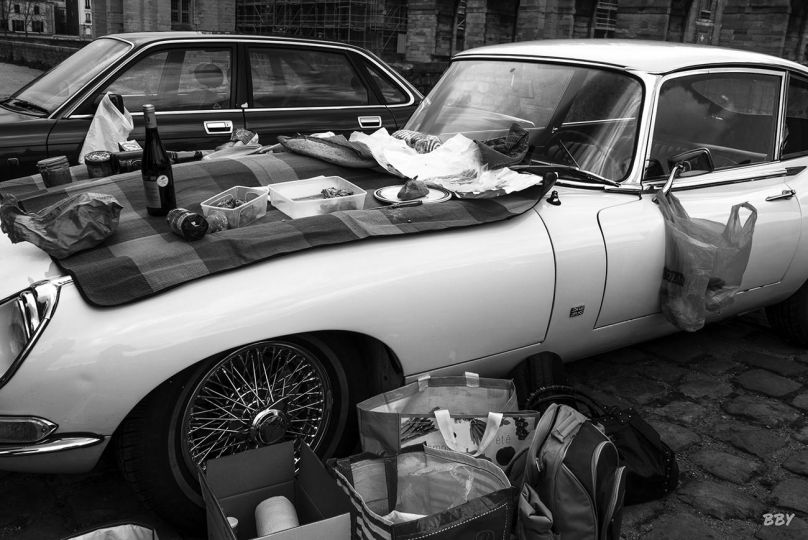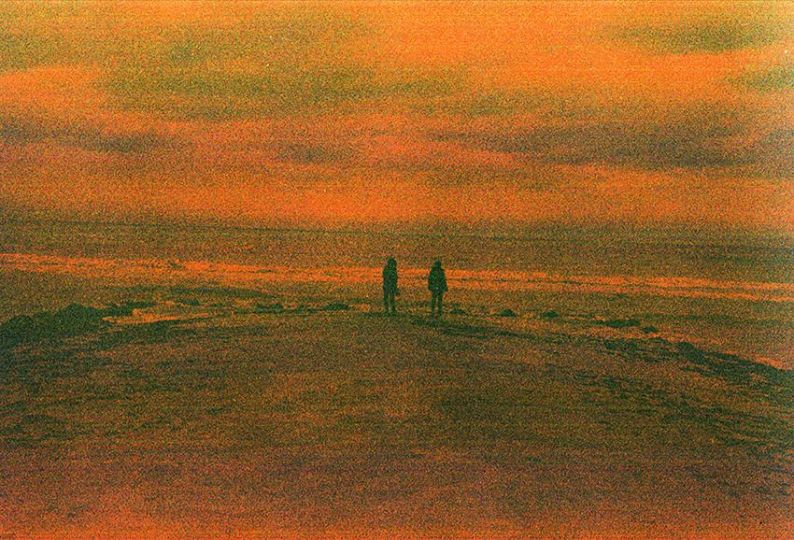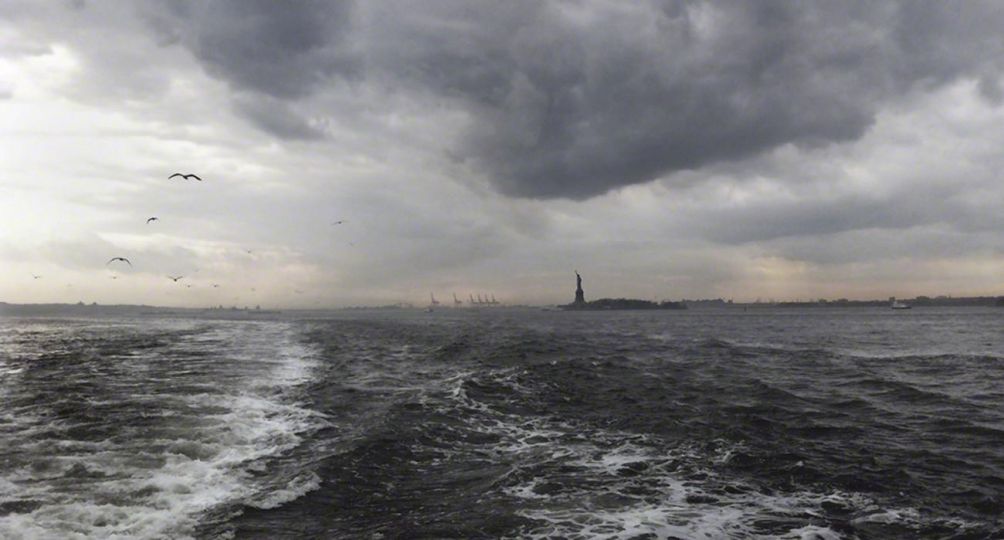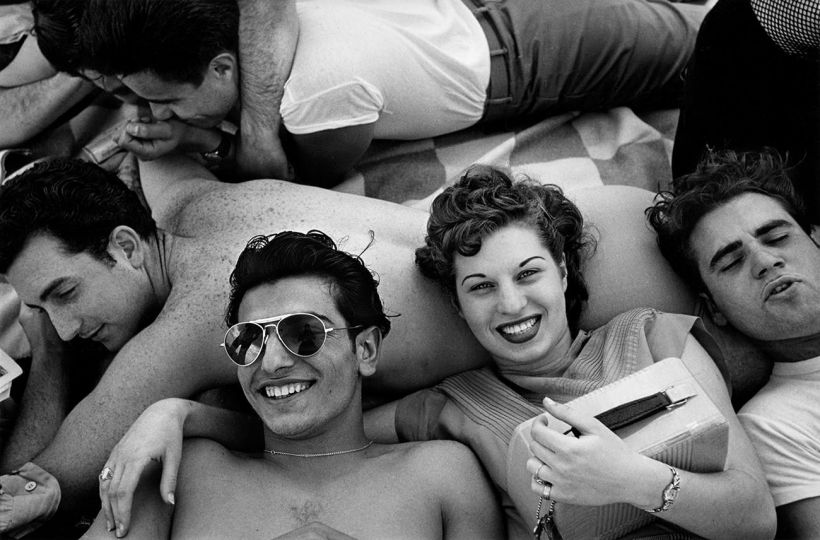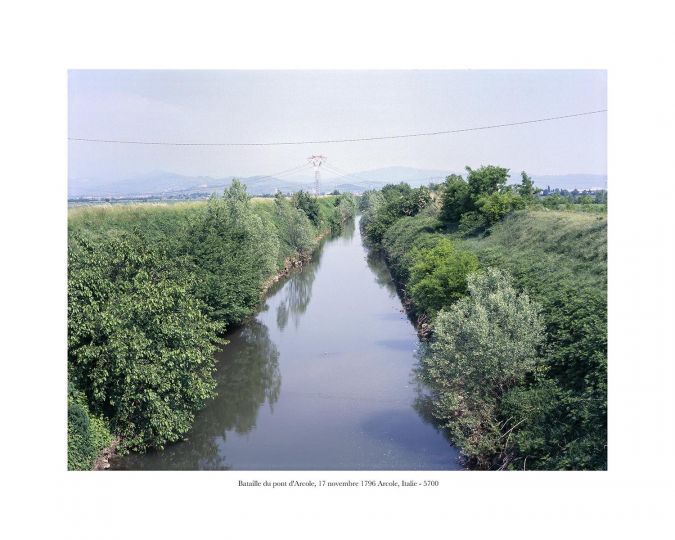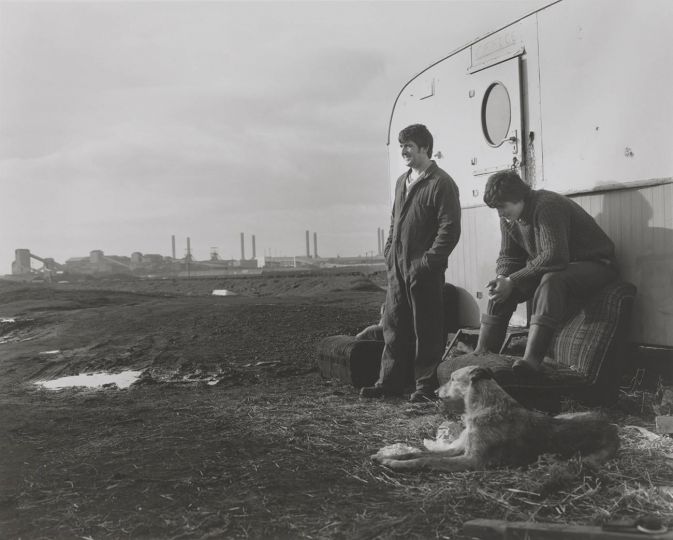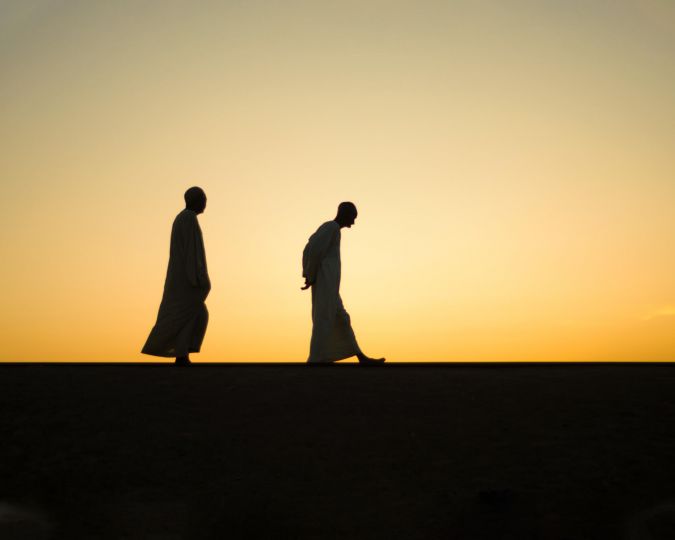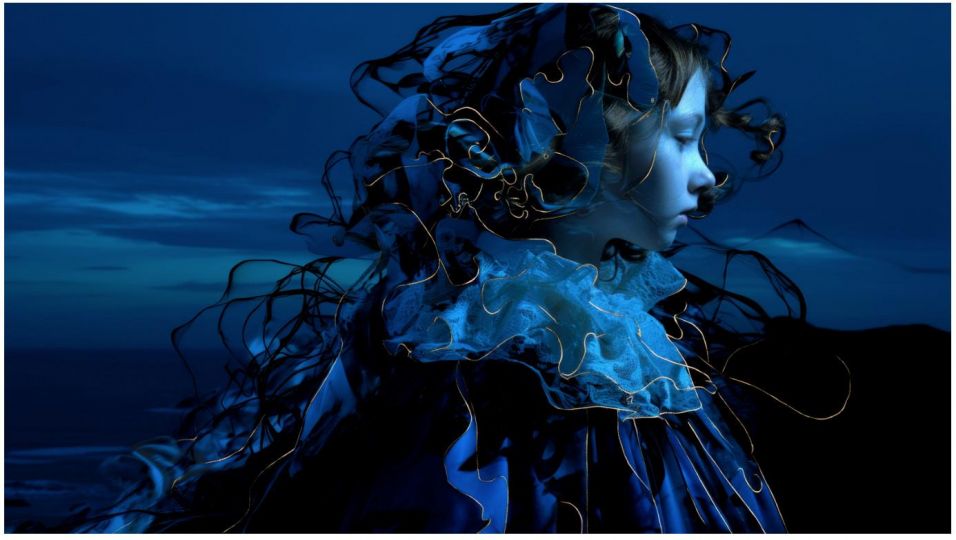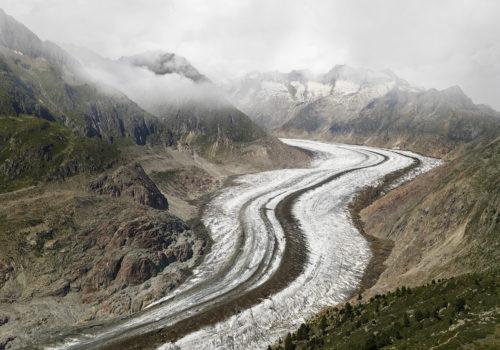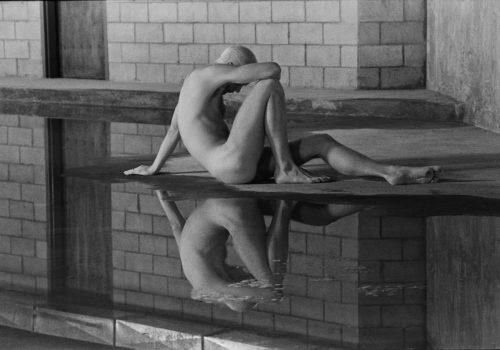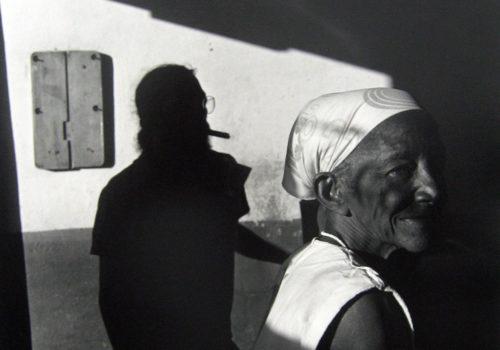Throughout last weekend, a large exhibition on artificial intelligence was held at the Conciergerie in Paris. A range of artists invited to reflect on the subject, producing works at the crossroads of worlds and deeply questioning our relationship with the virtual.
“Don’t be afraid of change! » exclaims a voice with robot accents. Just before, teenagers transformed themselves into flower-men, their skin covered with green stems and colorful corollas. Video by Léa Collet which highlights how mutation is a process at work in nature and finds an echo in the upheaval represented by the arrival of AI at the heart of our lives. Not far away, an avatar of a young man is crying: “O pain! The world has changed” in a sort of digital opera produced by artists Emilie Brout and Maxime Marion.
Ambivalence around AI, between dream and nightmare, between utopia and dystopia, which the creators are keen to question here, under the magnificent vaults of the Conciergerie. Like the video of Lou Fauroux who invents an Internet detoxification center. Back in the 1990s when we didn’t have our noses glued to our screens promises a young woman who is completely digital yet… Past and present, organic and technological, happily mix in stretched and mutating images where strange shapes appear and disappear.
A map of AI
This is for example the case in the films of Sabrina Ratté which are inspired by the 22 tarot arcana or in the project of Oscar Santillán based on an Inca material code where AI is summoned into pre-existing imaginations. Sometimes it’s a total fiction like in Justine Emard’s video game which creates common chimeras in a 3D landscape. But whether it is a real base or a pure invention, AI emerges in all its fascinating aspects with its capacity to transform images and our lives.
We understand this precisely thanks to the work of the Spanish collective Taller Estampa which has produced a map of AI in the world. We learn, for example, that it consumes liters and liters of water via its data centers, nearly 20 billion liters for Google for example in 2022. What we give to the machine is also questioned with the statement of the artist Adam Harvey in his mirrored installation: “Today’s selfie is tomorrow’s biometric profile”.
“I am amazed by the possibilities of creation around images” says Pierre, 94 years old. He came with his wife and both found this initiative from the Ministry of Culture ” tremendous “. They nevertheless wonder about the ecological aspect of AI – “how much do such installations cost in electricity? » asks Pierre – and about the professions which risk being replaced by the machine.
By Jean-Baptiste Gauvin

